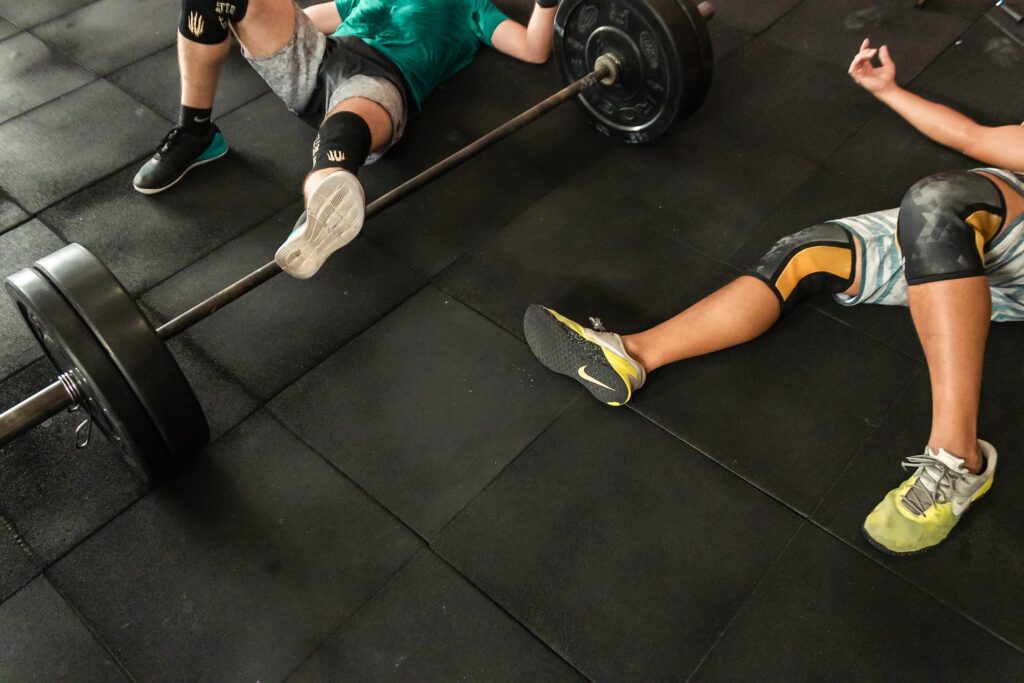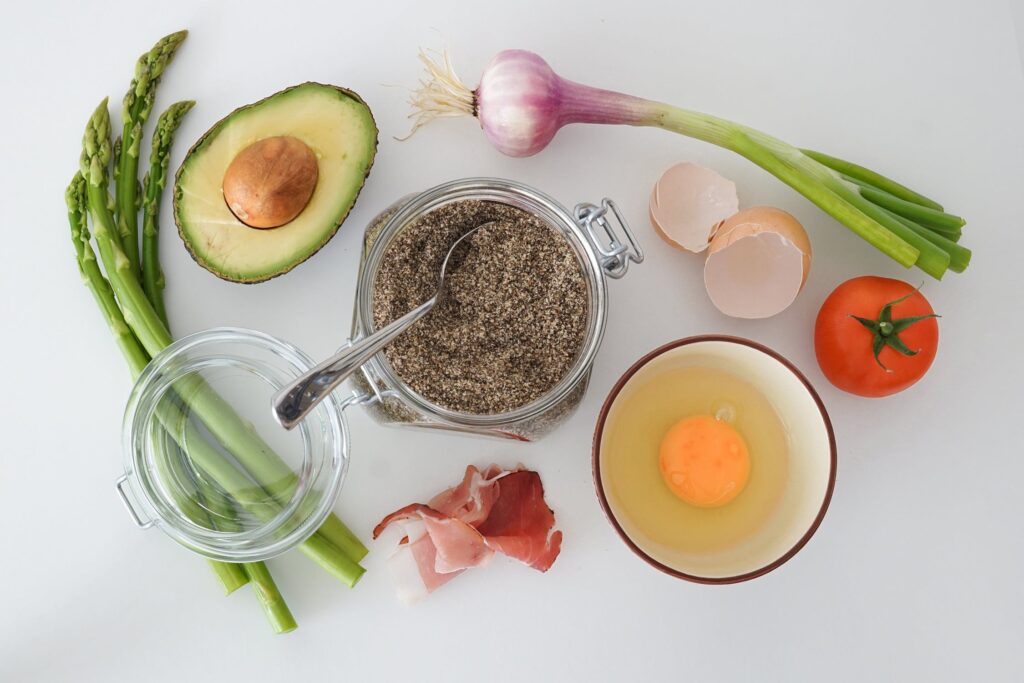
Depending on who you ask, you’ve probably heard of keto being celebrated as the secret to becoming a fat-burning machine, or criticised as the gains killing diet.
This ultra low-carb, fat-friendly diet is about as far as you can get from the typical high-carb “gym bro” fare, but one thing’s for certain: It’s only growing in popularity.
A ketogenic diet has a daily macro split of around 20 grams or less of carbs, a moderate amount of protein, and the remainder made up from fat. That means no bread, pasta, sugar, oats, potatoes— you get the picture.
Eating this low level of carbohydrates puts your body into a state of ketosis. This means your body is running on fat rather than glycogen (sugar) as its primary fuel source. Think of how a hybrid car can switch between fuel sources.
The biggest question is, can you thrive on a keto diet with an active lifestyle? The short answer is yes, but it’s a little more complicated than you might think.
What you need to know about working out on keto
The fitness industry loves to tout the magical powers of carbohydrates in fuelling your workouts, refilling your glycogen stores, and helping to build muscle. But what about when carbs are taken out of the equation?
Your body is still perfectly capable of doing all those things in ketosis. Many long-term keto athletes report that they can run for longer, lift heavier, and perform better on keto than they ever did on carbs.
On the other hand, some people say that while their workouts are still great, they’re not quite as explosive as they were on carbs. This can be especially true for anyone who lifts weights.
If you’re new to working out on keto or just find your workouts a struggle without carbs, there are a few crucial things you need to be aware of.
The adaptation phase
Your body has been running off carbs for your entire life, so it might take a while to adapt to its new fuel source (or lack of its former fuel source). In other words, don’t be surprised if your workouts suck in the beginning.
Take it easy in the gym for those first few weeks, especially if you’re trying to hit and new PRs on your lifts or do HIIT.
Many people on keto like to work out in a fasted state, but you might benefit from a keto-friendly preworkout snack or supplement— at least in the adaption phase.

Electrolytes
Electrolytes are extremely important on keto. This is because your body isn’t holding on to as much water and, at the same time, electrolytes. Some signs that you’re not getting enough electrolytes include feeling shaky, fatigued, and dizzy (especially during workouts!).
You need to make sure you’re getting plenty of magnesium, potassium, and sodium. Take a (sugarfree) electrolyte supplement, or get your electrolytes through food. This means things like avocado, dark leafy greens, and of course, plenty of salt on all your food.
Calories
Switching to a keto diet means you’ve probably removed a lot of the foods you used to eat, and are feeling much more satiated thanks to an increased amount of fat in your diet. While this is great for weight loss, it also makes it easier to accidentally undereat.
If your electrolytes are on point but you’re still feeling crappy in the gym, make sure you’re actually eating enough food. Adequate calorie intake is critical to fuel your workouts, increase your fitness levels, and build your ideal body composition.
Whether you’ve quit carbs for life or couldn’t imagine going two hours without downing a bowl of porridge, we’ve got fitness and nutrition tips for any active lifestyle. Check out the blog now for more insider knowledge!